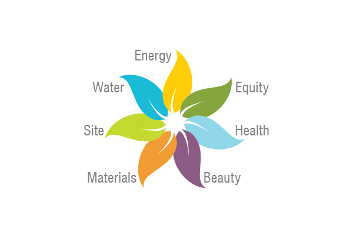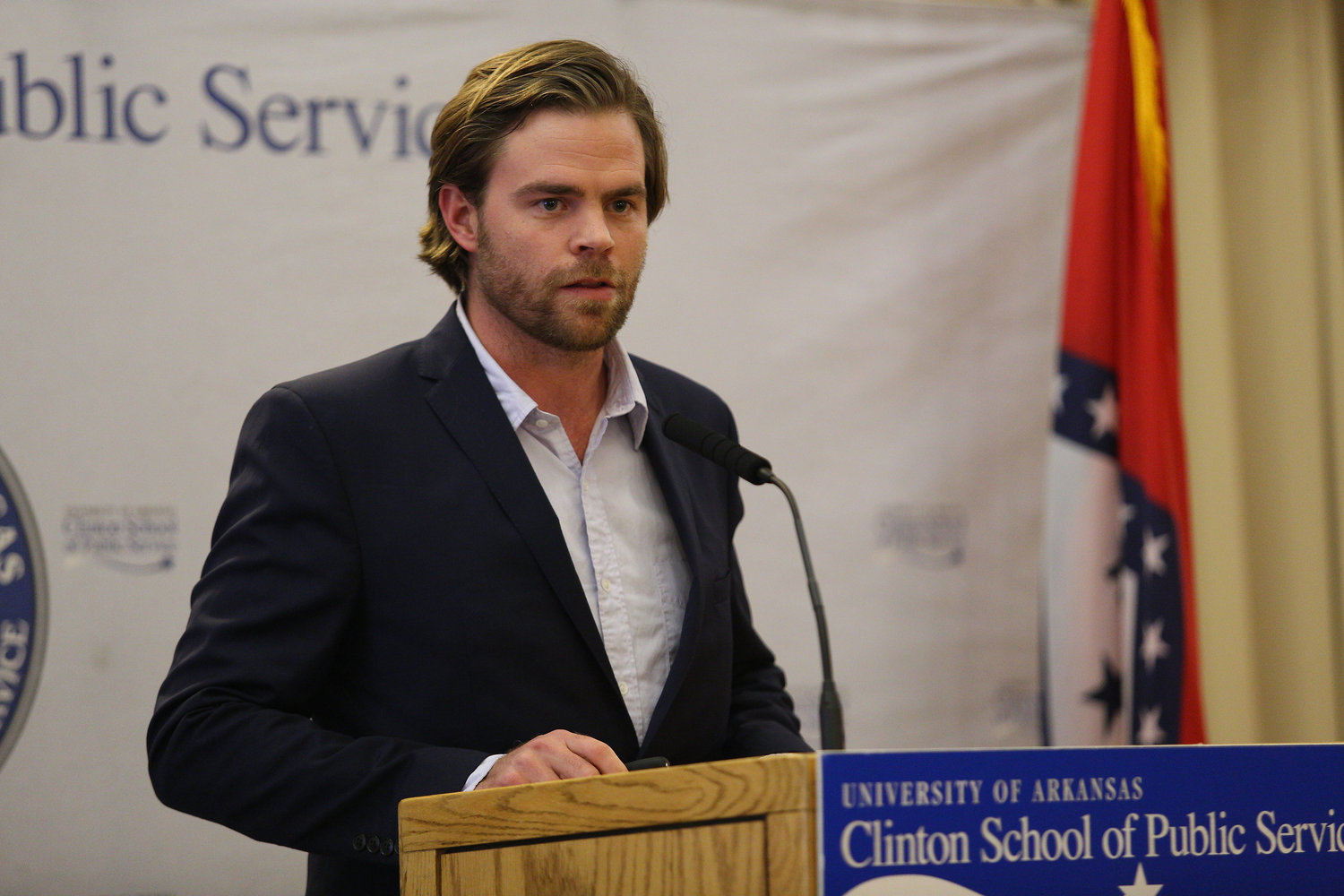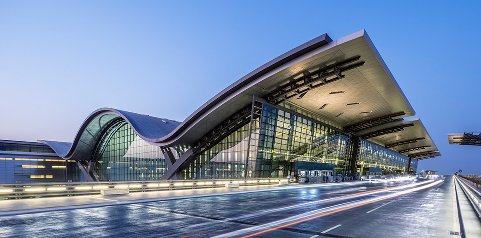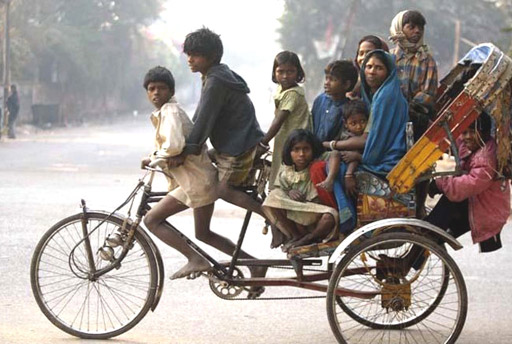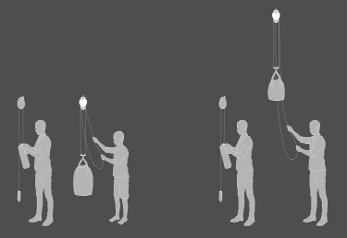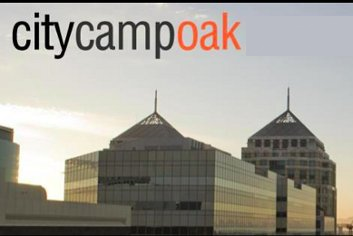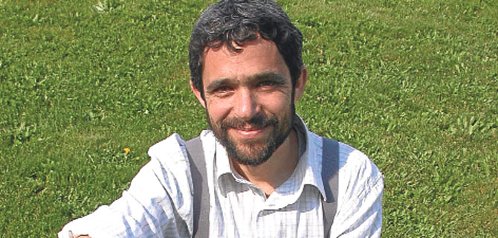
For years now, reports about the climate change crisis have shown an acceleration of consequences: from ocean acidification, extreme weather events, flooding, sea-level rise, to arctic ice melting. Some news has shown alarming and unexpectedly soon updates.
The private sector needs to do its part and prepare our planet for future generations. The manufacturing and built environment industry sectors is already showing some significant examples of designers, architects, and engineers building a net-zero carbon future.
The built environment is a significant contributor to greenhouse gas emissions through materials used and the energy demands of buildings. For the United States alone, the building sector contributes 39% of CO2 emissions.
Various initiatives exist to reverse this trend: the American organization Architecture 2030 formulated the 2030 Challenge – a vision by which architecture and design firms commit to carbon neutrality in all buildings by 2030. According to the 2030 Commitment by the American Institute of Architects (AIA), over 350 firms with projects in 50+ countries have joined this commitment to meet the challenge. In China, 52 Chinese and international architecture and planning firms signed the 2030 promise to tackle climate change. Germany’s climate action plan asks for specific action for the country to become greenhouse gas emissions-neutral by 2050, including making the nation’s building stock mostly climate-neutral.
A Very Tall Green Building
The Shanghai Tower combines designing one of the tallest with one of the most sustainable skyscrapers. Designed using Building Information Modelling, the Shanghai Tower used 25% less of material costs because of a light yet strong structure. The building saves energy through the design of a double-skinned facade as a thermal buffer. It reduces water consumption through a greywater recycling and rainwater recovery system while the unique shape of the building can accommodate typhoon-force wind loads.
Solar Energy + IoT + Sharing Economy
Our cities and urban areas continue to fulfil many actions as part of their respective commitments to the Paris Agreement. Consider that we will be a world population of 10 billion people by 2050 and that 75% of them will live in urban environments. Of these 95% will be within an hour’s drive of a city. Cities need to turn from being the main contributor to greenhouse gas emissions (70% contribution of global GHGs) into smart cities with lower carbon footprints, higher energy and resource productivity, as well as better transport systems.
As transportation continues to be a challenge in many urban cities, we see more and more investment from cities and governments into programs that collaborate with stakeholders from private and people sectors to move their mobility ecosystem towards a car-light future.
Responding to this urban mobility opportunity is the German/Singapore company, Floatility. Floatility designed a network-enabled electric vehicle that, when used in concert with existing public transport infrastructure, will solve the last-mile problem. Floatility is paving the path to making urban mobility easier for everyone, combining the sharing economy, IoT, and solar energy.
Harvesting Water from the Air through Design and Architecture
We shouldn’t forget to turn to Mother Nature and discover how she provides for the planet, sometimes hidden in plain sight. Italian architect Arturo Vittori created Warka Water, cleverly designed vertical wooden structures that leverage the water content in the air, harvesting it through a combinational play of gravity, condensation, and evaporation. Warka Water collects water from the air in rural communities without access to fresh drinking water– in Ethiopia, Colombia, Haiti, India, Nepal and on the island of Sumba, Indonesia. The goal is to give each community “up to 100 L (26.4 gal) of drinking water every day.”
The Opportunity
It’s so essential, repeating it is warranted: the climate change crisis is one of the most significant design challenges of our time. Climate change is real, human-caused, and it affects all of us, everywhere. Solutions of mitigation and adaptation represent an opportunity for us all to build a better world.
Let’s remind ourselves – in times when the US administration has withdrawn from the Paris climate deal, even though the US is the largest contributor to carbon emissions: “The Paris Agreement is a $23 trillion investment opportunity”. Only two countries had previously not signed the Paris Agreement (Syria, suffering from a raging civil war; and Nicaragua, which did not sign because the agreement did not go far enough).
Other countries have read the signs of our times correctly and have started to become leading forces towards a sustainable future – China, India, and many others are picking up the pace. In May 2017, German Chancellor Angela Merkel, in a speech to the German Advisory Board for Sustainability called for Europe to become the leader in achieving the 2030 agenda of the 17 Sustainable Development Goals (SDGs). Overall, the EU came out strong in support of the Paris Agreement of COP21.
“He who comes too late is punished by life,” said Mr. Gorbachev in October 1989, one month before the fall of the Berlin Wall. I sense there are parallels between the urgency of social change that was about to happen in 1989 and the urgency that is in front of us today: now, more than ever, it is our time to act.


